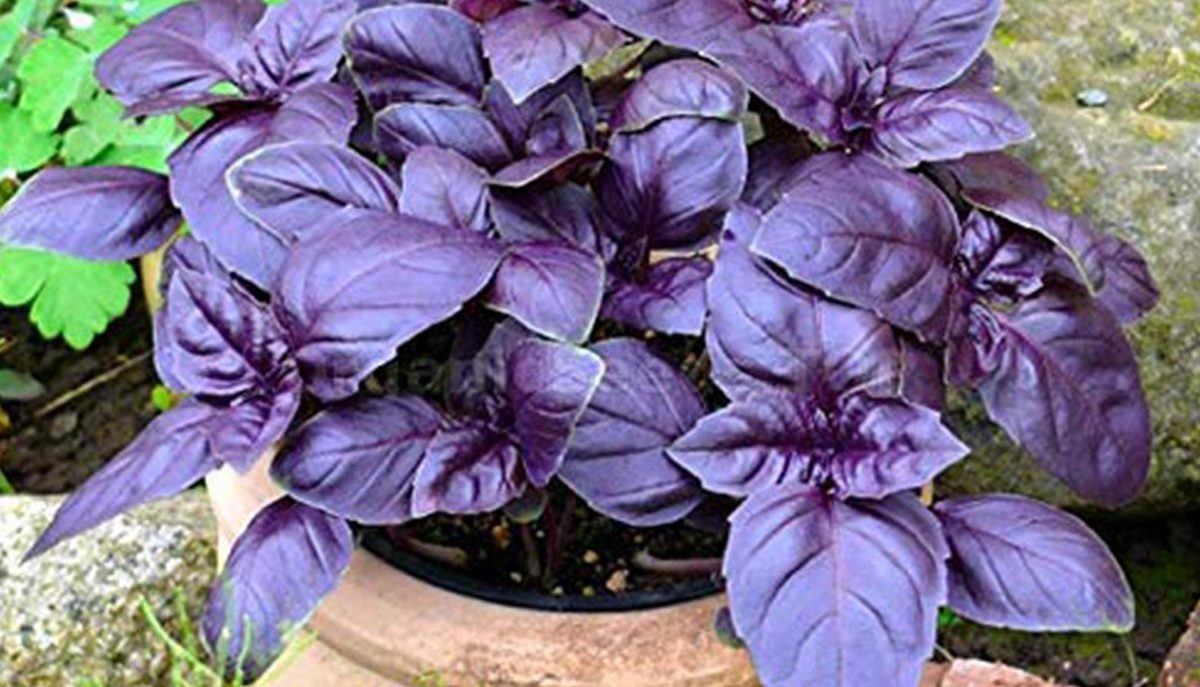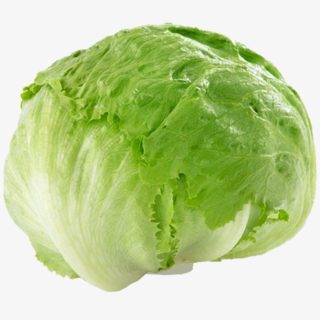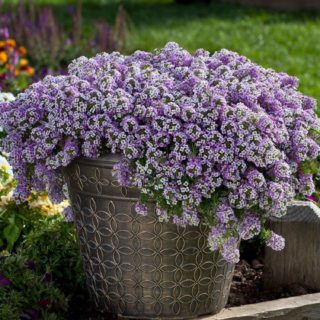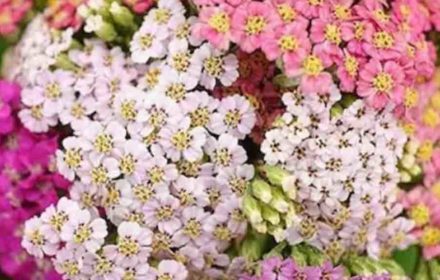How to Grow Dark Opal Basil from Seeds
Dark Opal Basil is a unique variety known for its striking deep purple leaves and aromatic, sweet flavour. This high-yielding basil variety not only enhances dishes like salads, pesto, and pasta but also serves as an attractive ornamental plant due to its vivid foliage. Reaching a height of 30-45 cm (12-18 inches), Dark Opal Basil is a versatile and bushy perennial that thrives in pots, planters, containers, or garden beds. Regular harvesting encourages continuous growth, making it perfect for a consistent supply throughout the growing season. Follow this guide to successfully sow and grow Dark Opal Basil seeds in your UK garden.
When and Where to Sow Dark Opal Basil Seeds
- Outdoor Sowing: Sow seeds outdoors between late spring and early summer (May to July), once the risk of frost has passed. Choose a sunny, sheltered location with well-drained soil. Basil is sensitive to cold weather, so ensure that the soil is warm enough before sowing.
- Indoor Sowing: For an earlier start, sow seeds indoors 4-6 weeks before the last expected frost (March to April). This allows the plants to establish before being transplanted outdoors once the temperatures rise.
Ideal Growing Conditions for Dark Opal Basil Plants
- Soil Requirements: Basil thrives in well-drained, fertile soil. Prepare the soil by incorporating compost or well-rotted manure to improve its nutrient content and drainage. A slightly acidic to neutral pH (6.0-7.0) is ideal.
- Sunlight: Choose a location that receives full sun, with at least 6 hours of direct sunlight per day. Basil also tolerates partial shade, but full sun encourages stronger growth and a richer flavour.
- Temperature: Ideal temperatures for germination and growth range between 18-22°C (65-72°F). If starting indoors, place the seeds in a warm location such as a windowsill or heated propagator.
How to Sow Dark Opal Basil Seeds Outdoors
- Preparing the Soil: Before sowing, remove weeds and prepare the soil by raking it to a fine tilth. Ensure that the soil is well-drained and warmed by the sun before sowing the seeds.
- Sowing Depth and Spacing: Sow seeds approximately 3 mm (1/8 inch) deep in the soil. Space the seeds about 30 cm (12 inches) apart to allow enough room for the plants to grow bushy. For row planting, space rows 30-45 cm (12-18 inches) apart.
- Watering: Water gently to moisten the soil without over-saturating it. Keep the soil consistently moist but not waterlogged during the germination period, which typically takes around 14-21 days.
- Thinning: Once the seedlings are large enough to handle, thin them to 30 cm (12 inches) apart to allow for proper air circulation and healthy growth. Use the thinned seedlings as microgreens in salads or dishes.
How to Sow Dark Opal Basil Seeds Indoors
- Sowing in Pots or Trays: Fill seed trays or small pots with fresh seed compost. Sow the seeds on the surface and cover lightly with a thin layer of compost, about 3 mm (1/8 inch) deep. Firm gently and water well.
- Germination Conditions: Place the trays in a warm, bright location such as a windowsill or greenhouse. Maintain a temperature of 18-22°C (65-72°F) for optimal germination. Cover the trays with a clear plastic lid or polythene wrap to retain moisture.
- Watering: Keep the compost consistently moist but not waterlogged. Water gently to avoid disturbing the seeds. Germination will typically occur within 14-21 days.
- Transplanting Seedlings: When seedlings have developed 2-3 true leaves and are about 5 cm (2 inches) tall, transplant them into individual pots or directly into the garden. Harden off the seedlings by gradually introducing them to outdoor conditions before planting them out.
Caring for Dark Opal Basil Plants
- Watering: Basil prefers consistently moist soil but does not tolerate waterlogged conditions. Water the plants regularly, especially during dry spells. Water at the base of the plants to avoid wetting the leaves, which can lead to fungal issues.
- Feeding: Apply a balanced, liquid fertiliser once a month to encourage healthy growth and vibrant leaves. Avoid over-fertilising, as this can result in reduced flavour.
- Pruning and Harvesting: To encourage bushier growth and continuous leaf production, pinch off the growing tips regularly. Begin harvesting when the plants are about 15 cm (6 inches) tall. Harvest leaves from the top of the plant to promote new growth. Avoid harvesting more than one-third of the plant at a time to prevent stress.
- Companion Planting: Basil grows well alongside tomatoes and peppers, enhancing each other’s growth. It also helps repel pests like aphids and whiteflies, making it an excellent companion plant in vegetable gardens.
Using Dark Opal Basil in the Kitchen
- Fresh: The sweet and aromatic flavour of Dark Opal Basil makes it a versatile herb for fresh use in salads, pesto, pasta, and sauces. The purple leaves add a decorative touch to dishes.
- Preserving: To preserve basil, leaves can be frozen in ice cube trays with olive oil or dried for later use. Drying the leaves will reduce the flavour slightly, but it remains a useful seasoning for soups and stews.
- Infusions: Dark Opal Basil can be used to infuse oils, vinegars, or even cocktails, adding a unique sweet and peppery flavour to beverages and condiments.
Common Issues and Tips for Growing Dark Opal Basil
- Bolting: Basil can bolt (flower and go to seed) in hot or stressful conditions. To prevent this, regularly pinch off any flower buds that appear and keep the plants well-watered. If temperatures rise above 24°C (75°F), provide shade during the hottest part of the day.
- Pest Control: Keep an eye out for common pests like aphids, slugs, and snails, which can damage young plants. Use organic insecticidal soap or slug pellets to protect your crop.
- Fungal Diseases: To prevent fungal diseases such as downy mildew, ensure good air circulation around the plants by spacing them adequately. Avoid overhead watering and water at the base of the plants.
Common Questions About Growing Dark Opal Basil
- Can Dark Opal Basil be grown indoors year-round? Yes, Dark Opal Basil can be grown indoors year-round, provided it has access to plenty of sunlight (or grow lights) and is kept in a warm, bright location. Indoor basil may require more frequent watering and fertilising due to the controlled environment.
- How can I prevent my basil from getting too leggy? To prevent leggy growth, ensure the plants receive plenty of sunlight. Regularly pinch back the growing tips to encourage bushier growth and more leaves.
- Can I grow basil in a container? Yes, basil grows well in containers, making it a great option for patios, balconies, or windowsills. Choose a container that is at least 20 cm (8 inches) deep with good drainage, and water regularly to keep the soil evenly moist.
By following these steps, you can enjoy a bountiful harvest of fragrant Dark Opal Basil in your garden or home. Whether used fresh, dried, or as an infusion, this unique basil variety adds both flavour and visual appeal to your culinary creations.


















